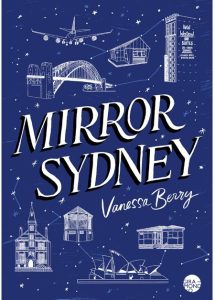 This book took me a lot longer to read than I expected. Not because it is in any way a drag, but because it is many strolls rather than an epic journey. It’s a bit like a really delicious box of very rich chocolates that you dip into rather than eating all at once. I bought three copies when it came out last year and gave one each to two of my closest friends. These friends are women my age, who also love and hate living in Sydney. We have been checking in with text messages over the past months, like a little ad-hoc book club, ‘have you read the bit about what’s happening at Sydney Park?’, ‘remember the Stanmore cinema on Parramatta Road?’
This book took me a lot longer to read than I expected. Not because it is in any way a drag, but because it is many strolls rather than an epic journey. It’s a bit like a really delicious box of very rich chocolates that you dip into rather than eating all at once. I bought three copies when it came out last year and gave one each to two of my closest friends. These friends are women my age, who also love and hate living in Sydney. We have been checking in with text messages over the past months, like a little ad-hoc book club, ‘have you read the bit about what’s happening at Sydney Park?’, ‘remember the Stanmore cinema on Parramatta Road?’
We are connected by these stories because we share nostalgia for the places, and also because we care about their futures. There is something very special about the nineties and the way that our generation began to understand retro by generating our own archives of our lives. Of course, this relates to the internet and the way collecting has changed. The chapters of Mirror Sydney are based on Vanessa’s blog Mirror Sydney. For Mapping Edges work, writing a book from a blog is an interesting writing process to think about. But Vanessa writes with actual objects as well as all the digital images and texts endlessly circulating and forming our imaginaries. The title of the book is from the cover of a photo album she picked up in an op shop, with a flipped Sydney Harbour Bridge creating an impossible symmetry.
This is one of Vanessa’s special talents. She is not only a beautiful writer, but her patience in archiving material culture means that themes can emerge long after most of us have given up on ‘keeping’ it. In this long game, she finds words to value the parts of the city that are so silently erased in Sydney. Vanessa’s treatment of ghost signs, tunnels, vernacular monuments, forgotten buildings, overgrown paths, and op shops is always the upmost respect. But a respectful account of Sydney’s forgotten landmarks could be quite boring. And Mirror Sydney most certainly is not. It is Vanessa’s often wicked sense of humour that holds these pages together and links her private observations to a culture of people that need to laugh about the seriousness of urban renewal.
And there is a sharp politics to her work. I heard Vanessa speak at the State Library recently, at ‘The City Rewritten’, an authors’ talk with Mark Mordue and Ross Gibson. She described ‘the prescribed city’ that phrase has stuck with me, Because I don’t want my city to be prescribed to me. I want to make it, with my friends, through the books I read, through the photographs I take, and in all the special places of the underground.
My colleague Tom Lee wrote a great essay review in the Sydney Review of Books.

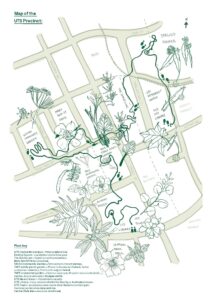
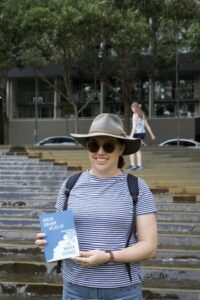
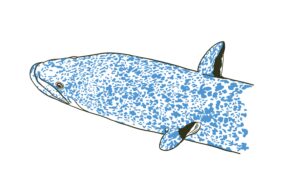
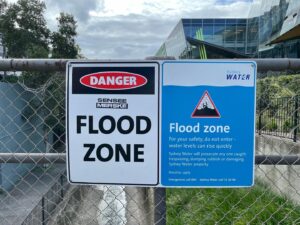
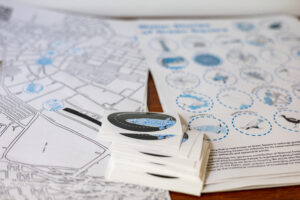
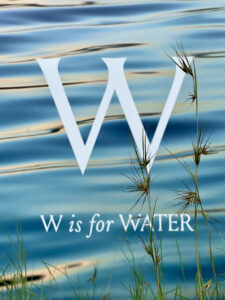
0 Comments